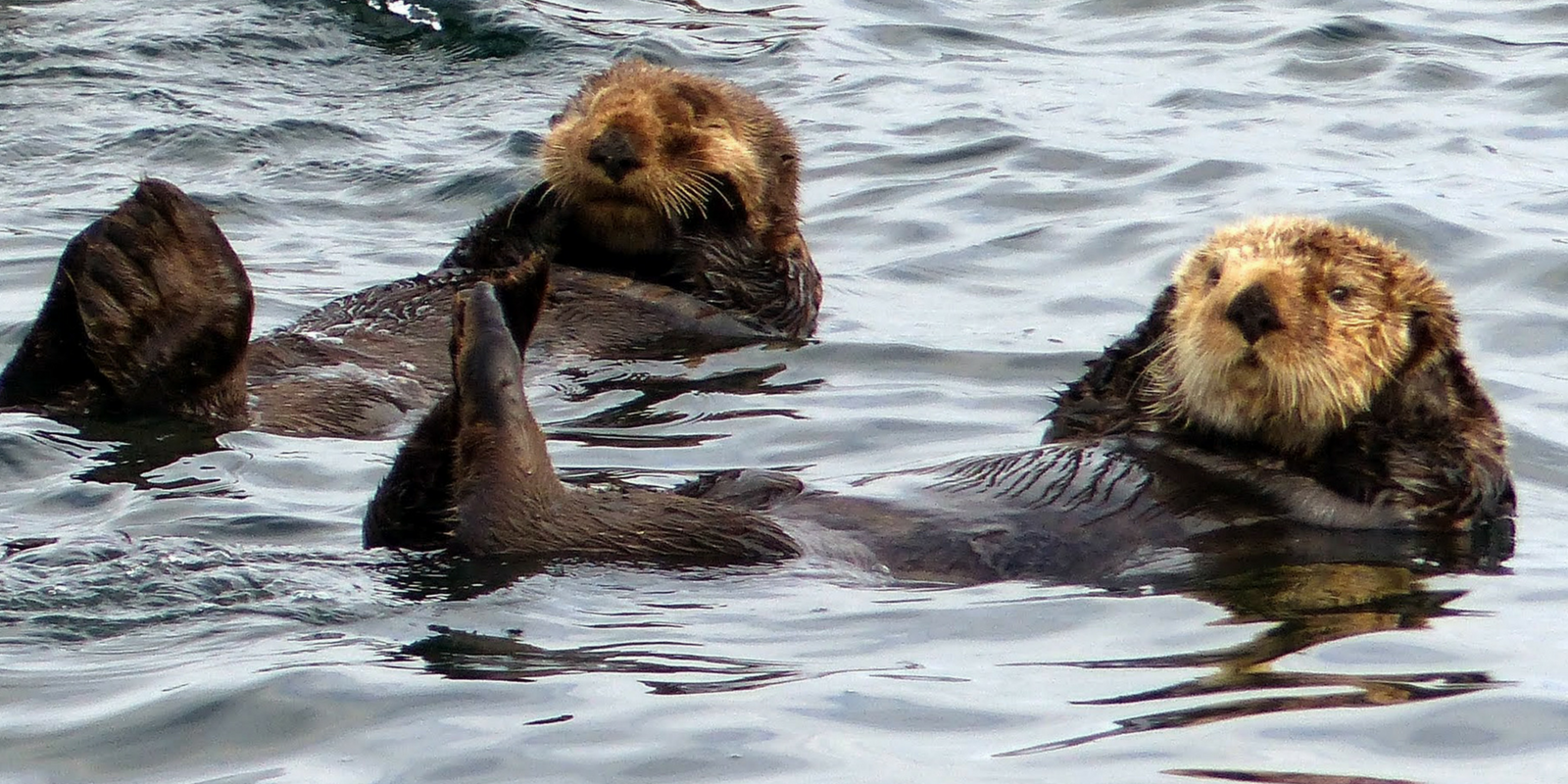We have much more to do and your continued support is needed now more than ever.
We Almost Lost the Southern Sea Otter—Will We Act in Time for Other Wildlife at Risk?

A sea otter cub sleeps in the embrace of its mother. The rocking waves in the kelp bed and the mother’s constant grooming are soothing. Above them on California’s coastal cliffs, visitors gather to watch sea otters that had all but vanished less than a century ago.
Thanks to protective measures of the Endangered Species Act, southern sea otters appear to be on a slow journey to recovery. The Endangered Species Act is a critical emergency room for wildlife, yet wouldn’t it be better to keep wildlife from needing extreme critical care?
Act NowOnce abundant on the California coast, southern sea otters plummeted from an estimated 16,000 to a precarious low of 50 when listed in 1977.
The commercial fur trade took a huge toll on all sea otters, until passage of the International Fur Seal Treaty in 1911. Even with protection, the remnant otters faced too many threats to recover without our help. Today, sea otters number 3,000 and continue to face dangers especially from oil spills. Our vigilance matters!
These marine mammals are more than adorable. Sea otters are called a keystone species, because they hold the key to the future for many kinds of wildlife, and people too.
Sea otters feast on sea urchins that in turn graze on kelp (a seaweed) and can decimate whole underwater forests if left unchecked. Kelp beds harbor a stunning array of marine life, protect coastlines from storm surges, and absorb carbon dioxide from the atmosphere.
Today, friends of wildlife hold the key to recovery for 12,000 animals and plant species that could vanish without our help. Will you help turn the key today?
Speak out in support of the Recovering America’s Wildlife Act.





















